
<h1>Security as a Key Criterion in Choosing Plastic Windows</h1>
Windows made from Schüco profiles, thanks to which the watchdogs will be bored!
 |
Forced Entry
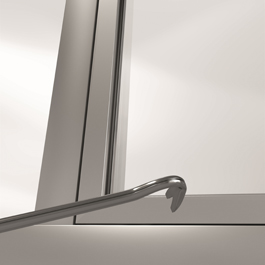 |
With some plastic windows, it is enough to insert a screwdriver, crowbar, or similar flat tool between the frame and the sash, and by pushing, the window can be pried open even when closed. The main culprit is the fittings without security locks. The quality of the PVC profile also plays a role. A casement made from a low-quality profile bends more easily when pried, allowing faster release of individual fittings from their counterparts in the window frame.
 |
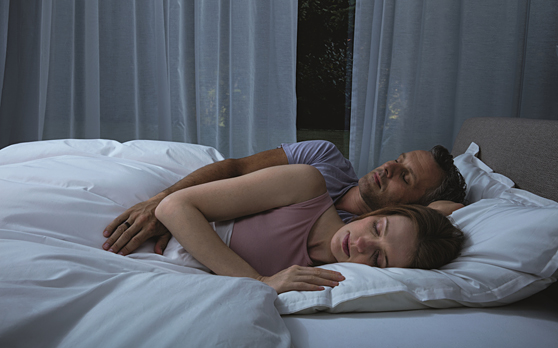 |
External Handle Rotation Variants
Another method used by perpetrators to gain entry through a plastic window is mechanically rotating the handle from the outside. The thief accesses the window's fittings or the handle itself during this process. If the perpetrator manages to get a prying object to the fittings, they can then use force to rotate the entire mechanism and thus turn the handle. The window opens even more silently than when pried. Here, prevention lies in the rigidity of the plastic profiles, the positioning of the fittings, and the handle itself. Today, we encounter profiles with greater construction depth of 80 mm and more on the market. Part of such profiles – e.g. Schüco Corona SI 82 – often includes central sealing, which creates an additional protective barrier between the crowbar and the fittings. If thieves manage to reach the fittings, the handle itself can still stop them.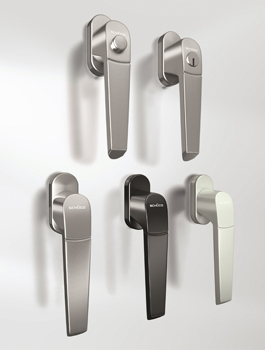 |
Thirdly, the handle can be rotated from the outside by drilling a hole under the handle. The thief then attempts to rotate the handle directly using a strong wire without touching the fittings. In such a case, according to Vojtěch Marton, a reliable protection is only a handle with a button lock or a locking handle. The rigidity of the profiles, security locks, and even the "secustic" handle are not sufficient here. The locking variant or a handle with a safety catch also helps in the case of direct drilling of the handle, and they serve excellently as reliable protection for windows in family homes with small children.
Glazing
The last option is breaking glass. This method may attract the most attention to the thief, but it cannot be overlooked. Here, professionals recommend using safety glass, which either completely prevents the thief from entering or at least makes it significantly more difficult. "We definitely recommend safety glass for windows on the ground floor, where this method of burglary must be considered, especially if the property is located in a remote area, like near a forest," points out Vojtěch Marton.Security Classes
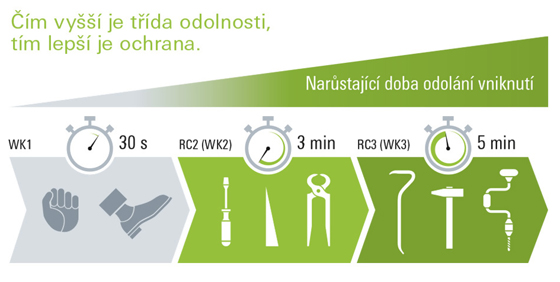 |
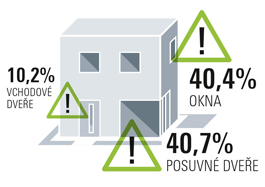 |
In conclusion, it should be noted that no matter how secure a window is, it is never safe if left open for ventilation or micro-ventilation. Only a closed window can fulfill all security expectations.
| Practical Example: At the open days of the company WELL OKNA, visitors had the opportunity to forcibly overcome a plastic window in security class RC2. This class is defined such that an occasional perpetrator attempts to break into a locked space using simple tools (screwdriver, pliers, and wedges). Products in this resistance class provide up to 3 minutes of protection against an attempted forced entry. The window from WELL OKNA, combining Roto fittings, AGC safety glass, Schüco Corona SI 82 profile, and a Schüco locking handle successfully withstood a 20-minute siege, after which the testing was concluded. None of the visitors could open the window with crowbars and hammers. Clear signs of prying were visible on the plastic profiles, and the glass was broken. However, the window profiles did not crack, and the safety glass, which was difficult to break, did not shatter. In real life, no perpetrator would likely remain at an attempted entry for such a long time, as it would significantly draw attention to themselves. |
A short illustrative video on the safety of plastic windows from the Plzeň processor WELL OKNA can be found at the link HERE. For more information, visit the websites www.wellokna.cz and www.schueco.cz.
The English translation is powered by AI tool. Switch to Czech to view the original text source.
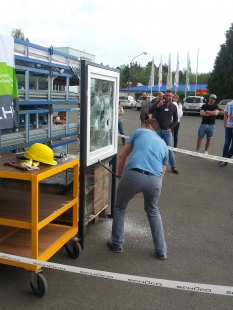
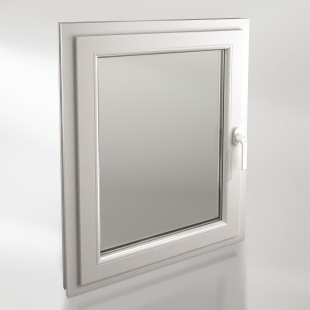
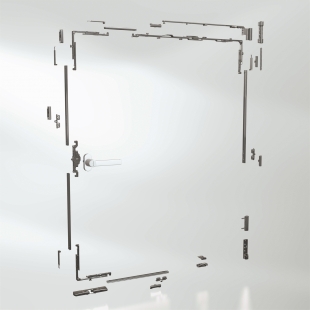
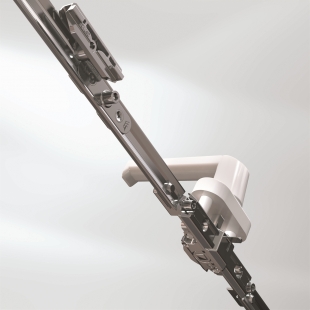
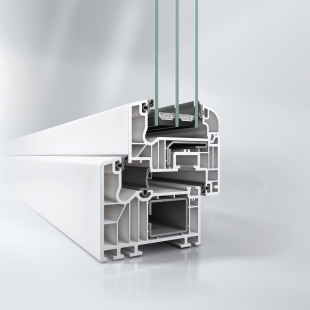
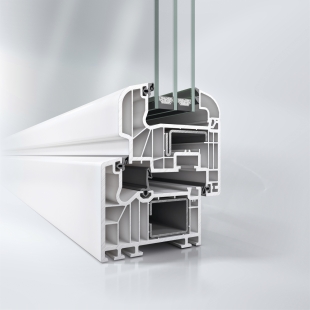
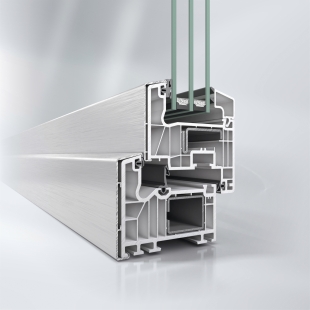

0 comments
add comment













